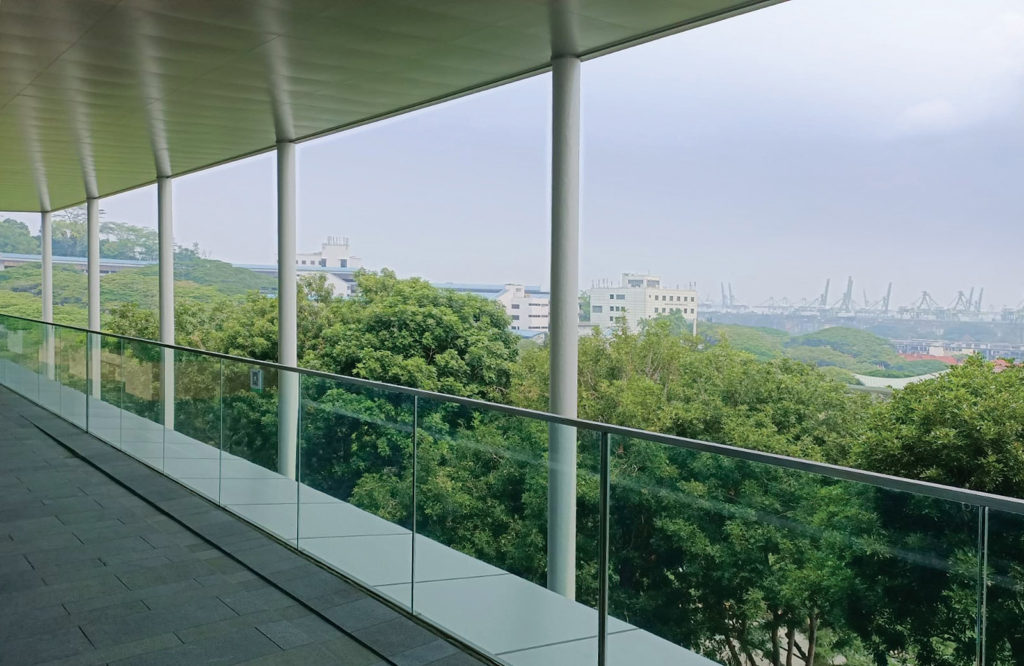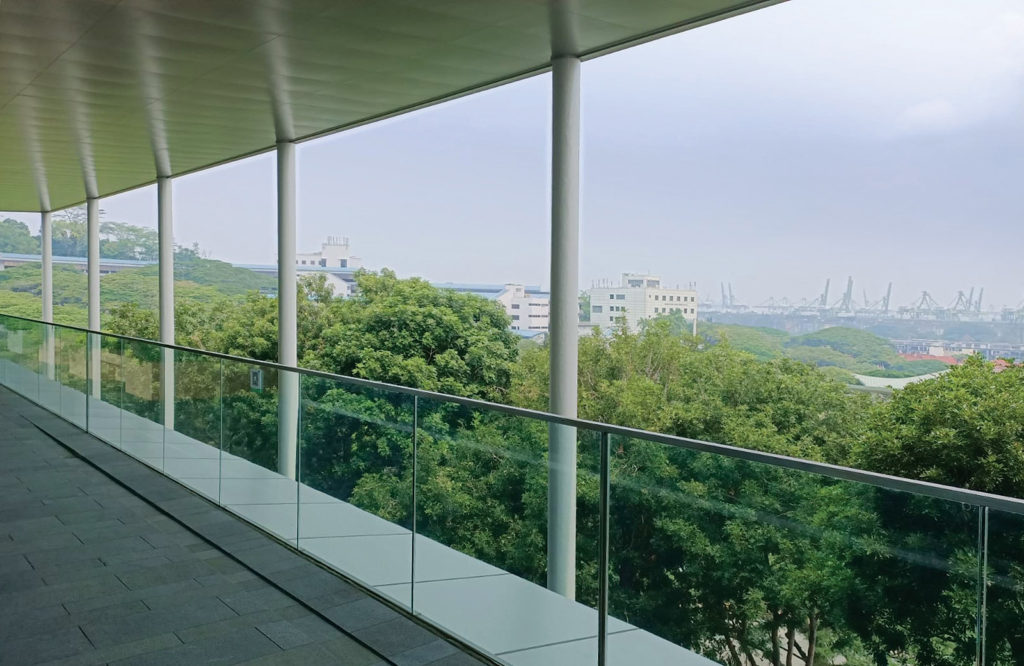A Singapore Perspective: Carbon Goals for the Built Environment
December 14, 2021


As the environmental agenda progresses, the simple words of Green building are being replaced more by the number or word zero. Zero is now often used as a noun for companies to arrive at their environmental targets.
As most countries embark on the road to zero, there are critics who see this as greenwashing or the next marketing trend sitting close to the wellbeing trend. Decarbonisation is another closely related word, alongside the phrase climate zero. These esoteric words get used every so often during webinars, forums and Green dialogues, so much so that “blah blah blah” have been used as a verbal phrase to describe or drive these terminologies.
The mere pressure to produce a zero framework that includes Environment Social Governance (ESG) makes the lack of it seem almost unforgivable today. As reported by the World Green Building Council (WGBC), most countries’ Green building programmes have embedded or have begun to pilot their own path to zero.
Following through this plan and getting it into action are uphill tasks. However, in countries like Singapore, the path to zero is embedded within its Singapore Green Plan, a strategy to reach the country’s committed Nationally Determined Contributions (NDCs).
A MACRO DRIVER OF SUSTAINABILITY: NATIONALLY DETERMINED CONTRIBUTIONS
On a macro level, one of the biggest drivers would be the need to fulfil NDCs, which are commitment plans submitted by every country under the Paris Agreement 2015 at the United Nations Framework Convention on Climate Change (UNFCC). These plans include actions, targets (greenhouse gas emissions or GHG reductions), policies and measures that governments aim to implement in response to climate change. For example, Singapore’s NDCs include achieving a 36 per cent reduction in Emissions Intensity (EI) by 2030 from 2005 levels, which means that in terms of absolute emissions, Singapore aims to stabilise emissions at 65Mt CO2e (million tonnes of carbon dioxide) by 20301.
It requires a nationwide effort—from the governmental level and large companies to the small- and medium-sized companies as well as the everyday consumer—and I am encouraged that the whole-of-government is on board the sustainability ship to push for aggressive action to achieve our targets. That is, however, on a macro level. On a granular level, it is imperative to understand how macro plans would affect the state of the built environment.
CHALLENGES
Grasping the term zero
Despite many explanations by organisations, NGOs and various publications on this, the term zero is still confusing for many. Some associate it with the use of photovoltaic (PV) panels while some just could not relate it to building systems design. There are others who simply use the term loosely, replacing it as a new definition for Green building. This needs to be addressed immediately, and the true message and definition need to be repeated until it is understood.
The term zero as defined by GHG protocols and often used in corporate discussions has similar meanings to Green buildings’ zero definition; however, the latter focuses more on infrastructure.
A shift is required in designing buildings
One of the greatest challenges would be to spur building designers to think out of the box, to design buildings and construct them with more sustainable materials. There is comfort in adhering to status quo, i.e., using concrete and cement, but there is a stronger need now to start utilising other materials, because concrete is highly responsible for a significant amount of GHG emissions in terms of their manufacturing process. When temperatures rise, concrete gives off heat, contributing to urban heat-island effects, adding to global warming, etc. Now, more than ever, designers need to expose themselves more to different material types and be daring enough to try them out.
RELATED: Projects | Singapore Zero Energy Cases

[This is an excerpt. Subscribe to the digital edition or hardcopy to read the complete article.]

Farizan d’Avezac de Moran is the founder and senior partner of GreenA Consultants, an award-winning Green building consultancy firm based in Singapore and Africa. Trained in both strategic and technical consulting, Farizan has more than 25 years of experience in sustainability, energy and the built environment. In tandem with the drive towards Super Low Energy Buildings, she is the key environmental consultant in several large-scale projects, and serves as Second Vice President at the Singapore Institute Building Limited (SIBL) as well as Vice President at the Tanzania and Rwanda Green Building Organization in the development of their Green buildings.

Lena Toh is a business sustainability analyst who works with various organisations in sectors such as manufacturing, real estate and trade associations to formulate and implement programmes towards long-term sustainability goals, in both economic and environmental aspects. At GreenA Consultants, Lena is part of the Climate Ambition Accelerator led by the United Nations Global Compact. She also founded Goodgoblins, a home recycling start-up that aims to educate Singaporean households to recycle effectively and divert resources from landfill.
1 https://www.nccs.gov.sg/singaporesclimate-action/singapore-and-internationalefforts/#:~:text=Singapore’s%20Pledge%20to%20Reduce%20Emissions&text=In%20line%20with%20the%20agreement,aim%20of%20peaking%20around%202030
To read the complete article, get your hardcopy at our online shop/newsstands/major bookstores; subscribe to FuturArc or download the FuturArc App to read the issues.
Previously Published Commentary
Contact us at https://www.futurarc.com/contact-us for older commentaries.

